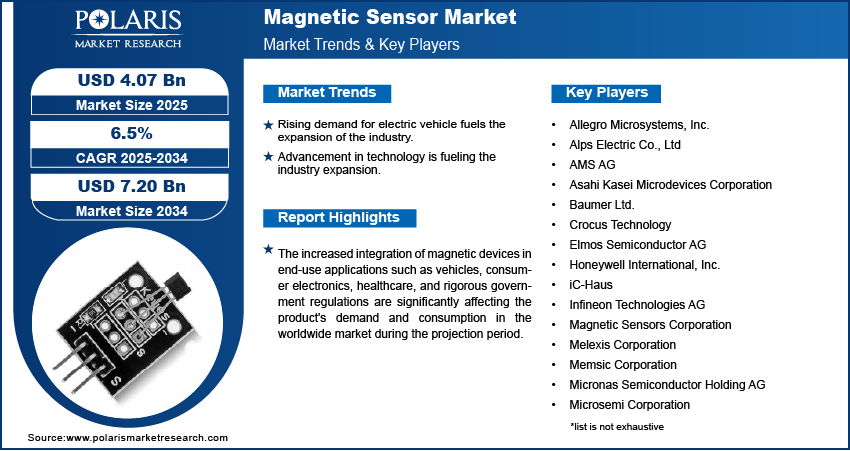Garage Door Opener Repair & Installation – Residential & Commercial Solutions
A reliable garage door opener is essential for convenience, safety, and smooth daily operation. Whether at home or in a commercial facility, a malfunctioning opener can disrupt routines, slow down operations, and even pose security risks.
At Dynamic Garage Doors Inc., we specialize in garage door opener repair and installation for both residential and commercial properties. From troubleshooting electrical issues to installing the latest smart openers, our team delivers fast, professional, and long-lasting solutions.
Signs Your Garage Door Opener Needs Repair
If your garage door isn’t functioning properly, the opener could be the culprit. Common signs of opener trouble include:
Door not responding to the remote or wall switch
Slow or jerky movement during operation
Grinding or unusual noises coming from the opener
Intermittent function – works sometimes, fails other times
Door reversing before closing fully
If you notice any of these symptoms, it’s time to have your opener inspected by a professional.
Residential Garage Door Opener Repair & Installation
For homeowners, a reliable garage door opener is about security and convenience. We repair and install all types of openers, including:
Chain-Drive Openers – Affordable and durable, perfect for standard use.
Belt-Drive Openers – Quieter operation for homes with attached garages.
Screw-Drive Openers – Low maintenance and strong performance.
Smart Openers – Wi-Fi enabled for remote control from your smartphone.
Whether your opener needs a small repair or a complete replacement, our team ensures your garage door operates safely and smoothly.
Commercial Garage Door Opener Repair & Installation
Commercial properties require heavy-duty openers designed for frequent use and heavier doors. We work with:
Industrial Jackshaft Openers – Wall-mounted for space efficiency.
Trolley Openers – Ideal for standard sectional doors.
Hoist Openers – Perfect for large rolling steel doors.
High-Cycle Openers – Built for facilities with constant door movement.
We understand that downtime impacts your business, so we provide fast-response commercial opener repairs and replacements.
Common Garage Door Opener Problems We Fix
Worn or broken drive belts/chains
Electrical issues or circuit board failure
Misaligned safety sensors
Remote or keypad malfunctions
Overheating motors
Loose or worn gears
Our technicians carry most parts on-site, allowing us to complete repairs in a single visit.
Benefits of a New Garage Door Opener
If your opener is outdated or beyond repair, upgrading can offer:
Quieter Operation – Modern openers reduce noise significantly.
Improved Security – Rolling code technology prevents hacking.
Smart Features – Remote access, activity logs, and alerts on your phone.
Battery Backup – Keeps your door operational during power outages.
Energy Efficiency – New models use less electricity.
Our Garage Door Opener Installation Process
When you choose Dynamic Garage Doors Inc., you get a seamless installation experience:
Consultation – We help you select the best opener for your needs.
Removal – Safe removal and disposal of your old opener.
Installation – Precision setup for smooth and reliable operation.
Safety Checks – Ensuring sensors, auto-reverse, and balance are perfect.
User Training – We show you how to use and maintain your new opener.
Preventing Future Opener Issues
To extend your opener’s lifespan:
Lubricate moving parts every 6 months
Test safety sensors monthly
Keep the opener free from dust and debris
Schedule annual maintenance with a professional
FAQs – Garage Door Opener Repair & Installation
Q1: How long does opener installation take?
A: Most residential installations take 1–2 hours, while commercial systems may take longer.
Q2: Can you repair any brand of opener?
A: Yes, we work with all major brands, including LiftMaster, Genie, Chamberlain, and more.
Q3: Do you install smart garage door openers?
A: Absolutely — we can set up and configure Wi-Fi-enabled models for remote control.
Q4: Is it worth repairing an old opener?
A: If it’s over 10–15 years old, replacing it is often more cost-effective and secure.
Q5: Do you offer emergency opener repairs?
A: Yes, we provide 24/7 emergency services for urgent situations.
Book Your Garage Door Opener Service Today
Whether you need a quick garage door opener repair or want to upgrade to a modern, feature-packed model, Dynamic Garage Doors Inc. is your trusted local expert.
Call us today or request an estimate online to get started.
https://dynamicgaragedoorsinc.com/Garage Door Opener Repair & Installation – Residential & Commercial Solutions
A reliable garage door opener is essential for convenience, safety, and smooth daily operation. Whether at home or in a commercial facility, a malfunctioning opener can disrupt routines, slow down operations, and even pose security risks.
At Dynamic Garage Doors Inc., we specialize in garage door opener repair and installation for both residential and commercial properties. From troubleshooting electrical issues to installing the latest smart openers, our team delivers fast, professional, and long-lasting solutions.
Signs Your Garage Door Opener Needs Repair
If your garage door isn’t functioning properly, the opener could be the culprit. Common signs of opener trouble include:
Door not responding to the remote or wall switch
Slow or jerky movement during operation
Grinding or unusual noises coming from the opener
Intermittent function – works sometimes, fails other times
Door reversing before closing fully
If you notice any of these symptoms, it’s time to have your opener inspected by a professional.
Residential Garage Door Opener Repair & Installation
For homeowners, a reliable garage door opener is about security and convenience. We repair and install all types of openers, including:
Chain-Drive Openers – Affordable and durable, perfect for standard use.
Belt-Drive Openers – Quieter operation for homes with attached garages.
Screw-Drive Openers – Low maintenance and strong performance.
Smart Openers – Wi-Fi enabled for remote control from your smartphone.
Whether your opener needs a small repair or a complete replacement, our team ensures your garage door operates safely and smoothly.
Commercial Garage Door Opener Repair & Installation
Commercial properties require heavy-duty openers designed for frequent use and heavier doors. We work with:
Industrial Jackshaft Openers – Wall-mounted for space efficiency.
Trolley Openers – Ideal for standard sectional doors.
Hoist Openers – Perfect for large rolling steel doors.
High-Cycle Openers – Built for facilities with constant door movement.
We understand that downtime impacts your business, so we provide fast-response commercial opener repairs and replacements.
Common Garage Door Opener Problems We Fix
Worn or broken drive belts/chains
Electrical issues or circuit board failure
Misaligned safety sensors
Remote or keypad malfunctions
Overheating motors
Loose or worn gears
Our technicians carry most parts on-site, allowing us to complete repairs in a single visit.
Benefits of a New Garage Door Opener
If your opener is outdated or beyond repair, upgrading can offer:
Quieter Operation – Modern openers reduce noise significantly.
Improved Security – Rolling code technology prevents hacking.
Smart Features – Remote access, activity logs, and alerts on your phone.
Battery Backup – Keeps your door operational during power outages.
Energy Efficiency – New models use less electricity.
Our Garage Door Opener Installation Process
When you choose Dynamic Garage Doors Inc., you get a seamless installation experience:
Consultation – We help you select the best opener for your needs.
Removal – Safe removal and disposal of your old opener.
Installation – Precision setup for smooth and reliable operation.
Safety Checks – Ensuring sensors, auto-reverse, and balance are perfect.
User Training – We show you how to use and maintain your new opener.
Preventing Future Opener Issues
To extend your opener’s lifespan:
Lubricate moving parts every 6 months
Test safety sensors monthly
Keep the opener free from dust and debris
Schedule annual maintenance with a professional
FAQs – Garage Door Opener Repair & Installation
Q1: How long does opener installation take?
A: Most residential installations take 1–2 hours, while commercial systems may take longer.
Q2: Can you repair any brand of opener?
A: Yes, we work with all major brands, including LiftMaster, Genie, Chamberlain, and more.
Q3: Do you install smart garage door openers?
A: Absolutely — we can set up and configure Wi-Fi-enabled models for remote control.
Q4: Is it worth repairing an old opener?
A: If it’s over 10–15 years old, replacing it is often more cost-effective and secure.
Q5: Do you offer emergency opener repairs?
A: Yes, we provide 24/7 emergency services for urgent situations.
Book Your Garage Door Opener Service Today
Whether you need a quick garage door opener repair or want to upgrade to a modern, feature-packed model, Dynamic Garage Doors Inc. is your trusted local expert.
📞 Call us today or request an estimate online to get started.
https://dynamicgaragedoorsinc.com/




